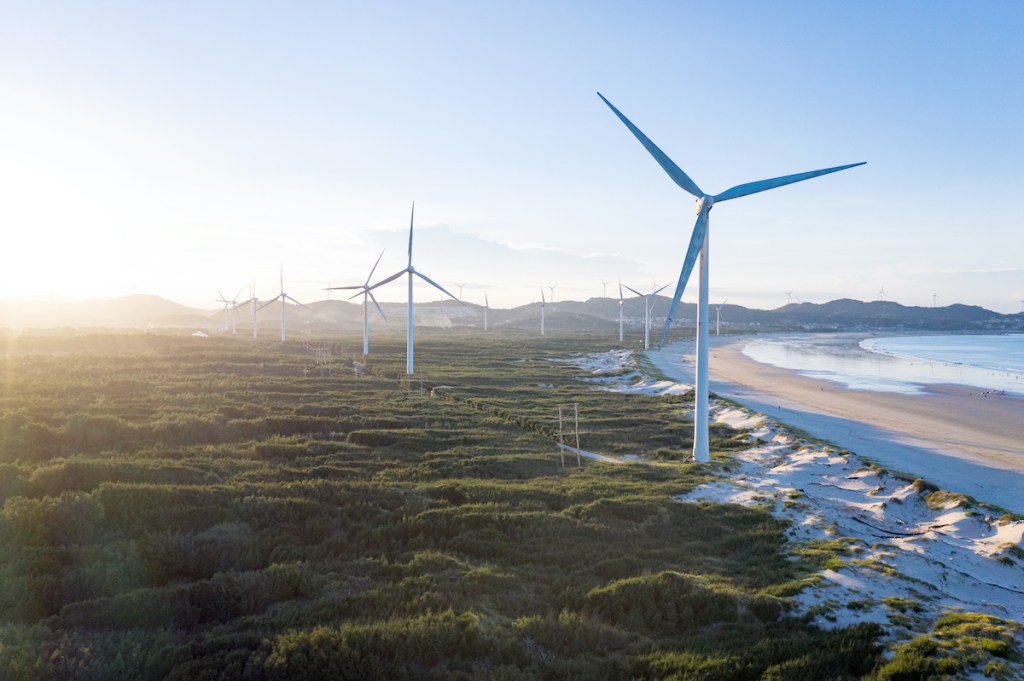Acquiring a 40.5 per cent equity stake in the company, bp has taken over operations at the Asian Renewable Energy Hub (AREH) in the Pilbara, Western Australia.
Still subject to regulatory approval and an Indigenous land use agreement with the local Nyangumarta People, the hub has the potential to become one of the largest producers of renewable and green hydrogen globally.
“We’re excited to take the next step forward with AREH and work closely with our project partners, community representatives and regulators to better understand the opportunities and challenges associated with the project, said Lucy Nation, bp’s Project Director and Vice President of Hydrogen in AsiaPac.
“Our first priority is to make sure we are working closely with the Nyangumarta People, the Traditional Owners and custodians of the land on which we plan to develop the AREH.
“It is key that we put the views of the Nyangumarta Traditional Owners at the centre of how the AREH project is planned and developed,” said Nation.
The project aims to generate onshore wind and solar power to produce green energy, hydrogen and ammonia for local industry and mines and for export to major international markets.
In partnership with InterContinental Energy, CWP Global, Macquarie Capital and Macquarie’s Green Investment Group, bp originally planned to call the project the Australian Renewable Energy Hub.
“We thought carefully about the project name, and decided we wanted to better reflect its prime location and showcase Australia’s natural assets, as well as the country’s aspiration to become a renewable energy superpower,” said Nation.
“We want to provide green power to the Pilbara, as well as harness Western Australia’s fantastic renewable energy to produce green hydrogen and green ammonia for local and international use,” she said.
Developed in stages, the projected total generation capacity will be 26 gigawatts (GW), equivalent to roughly a third of all electricity generated nationally in 2020. At full scale, this equates to 1.6 million tonnes of green hydrogen or 9 million tonnes of green ammonia a year.
A major decarbonisation opportunity for the Pilbarra, the hub could potentially abate 17 million tonnes of carbon in domestic and export markets annually, equating to about 0.5 gigatonnes (Gt) of carbon savings over the lifetime of the project.
To stay up to date on the latest industry headlines, sign up to the C&I e-newsletter.

